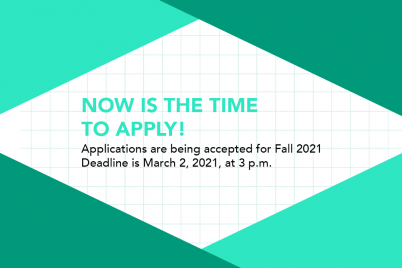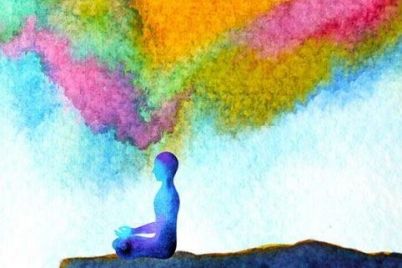By Willow Symonds
Staff Writer
Many women who contributed to our understanding of STEM (science, technology, engineering, and mathematics) went unrecognized in history. The Women’s History Project spent years trying to solve the “anonymous woman” problem, leading to the U.S. Congress designating March as Women’s History Month in 1987.
Today, women make up almost half of all STEM jobs in the U.S., though their presence “varies widely” across occupations and education levels, according to Pew Research Center. While only 15% of engineers identified as women in 2016, women made up 75% of healthcare workers that same year.
Women are here to stay in STEM, and more will always join the fields… including these three WCC students
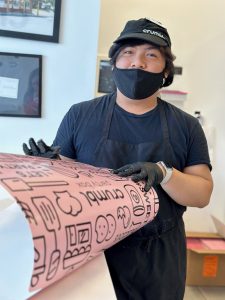 Julia Sedayao, Dermatology
Julia Sedayao, Dermatology
When on campus, people may assume Julia Sedayao is the loudest person in the room. While she may have the loudest outfit, she’s typically the quietest, according to her. She described herself as “an introvert who does extroverted things.”
One of those extroverted things is getting involved in the business world.
Sedayao, 19, says her natural aptitude for business makes her job at Crumbl Cookies “the right fit” for her at this stage in life. She describes herself as “a meticulous person,” a trait that becomes handy when baking cookies, managing money, and interacting with customers.
While she loves business, she instead majors in dermatology. When she becomes a dermatologist, she wants to see her patients once or twice a week and “make them feel amazing about themselves.” Still, she knows getting there will take receiving an associate degree and then years of studying.
“Originally, business was definitely something I wanted to do, but I feel that it had a goal with an end,” she said. “As with medical [fields], there’s always a drive to keep going.”
When Sedayao isn’t on campus or at work, she’s probably out taking photos. These pictures range from close-ups of still life to drone photos of nighttime freeways from far above.
“It’s never been more than [a hobby] – it’s just something I’m good at,” said Sedayao. “People are always the first to hand me their phone for a picture.”
Sedayao wouldn’t call photography, business, or dermatology “escapism,” but she does believe the technical arts and the hard sciences have made her life more interesting.
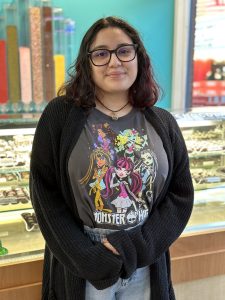 Tonantzi “T” Sagastume-Carmona, Environmental Science
Tonantzi “T” Sagastume-Carmona, Environmental Science
Tonantzi Sagastume-Carmona entered WCC in fall 2021, majoring in pre-medical biology with hopes to become a psychiatrist. But that same semester, her time as a patient in a psychiatric hospital changed her mind.
“All the psychiatrists did there was ask how I was feeling, decide when to increase my meds, and say when I get to leave,” she said. “Psychologists help people more than psychiatrists, because [the former gives] therapy.”
Sagastume-Carmona, 19, stayed with biology until this March, when she switched her major to environmental science.
She still considers working as a psychologist, but now she aims for something else as well: to open an animal conservatory. She wants to focus on helping animals instead of parading them to humans “like in zoos.”
“I always knew I wanted to work with animals, but I didn’t know what I could do,” said Sagastume-Carmona. “I love plants and nature … but I didn’t want to be a vet because I’d cry when animals die.”
Animals have always been a huge part of Sagastume-Carmona’s life. Her family has three dogs – Ninja, Chapo, and Prieta – and her first words were spider in Spanish (araña) and cat in the same language (gata/gato).
While Sagastume-Carmona doesn’t think of herself as a woman in STEM, she’s still inspired by Ellen Ochoa, the first Hispanic woman in space. She’s also a big fan of Steve Irwin because she watched his wildlife shows growing up.
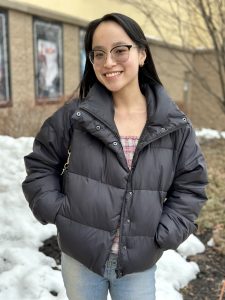 Zilei Tucker, undeclared
Zilei Tucker, undeclared
Zilei Tucker began taking pre-engineering classes at a different two-year school: College of Marin, just outside of San Francisco.
Tucker, 20, lived in the Bay Area until February 2022, when she, her dad, and her two-year-old goldendoodle, Honeyduke, moved to Ann Arbor. She’d visited Michigan before, but she had to adjust to the “unreliable weather,” make new friends, and transfer her credits to WCC. Because COVID-19 prevented her from stepping foot onto Marin’s campus, she experienced college in-person for the first time last year.
“I wasn’t sure in what I wanted to do or what I wanted to pursue, but I knew that I was interested in science,” Tucker said. “I’m more interested in a career that’s more people or patient oriented, and engineering [her original major at WCC] is usually not that type of career.”
After switching out of pre-engineering, her parents suggested she study radiology, a medicinal branch which uses imaging to diagnose diseases. While Tucker doesn’t officially have a major, she’s taking two science classes this semester in preparation for the radiology course.
One woman in STEM Tucker greatly admires is Marie Curie, who pioneered our understanding of radioactivity. Tucker explained how Curie brought a mobile X-ray machine into a WW1 battle, then trained 150 women how to operate it, which made her the first woman to win a Nobel Peace Prize.
“I didn’t want the ‘normal’ path,” Tucker said. “I used to feel like I was racing against time and against my peers … but success is different for everyone. I’m still figuring things out as I go, but that’s okay! It’s worth taking that extra time if where you end up is where you want to be.”

